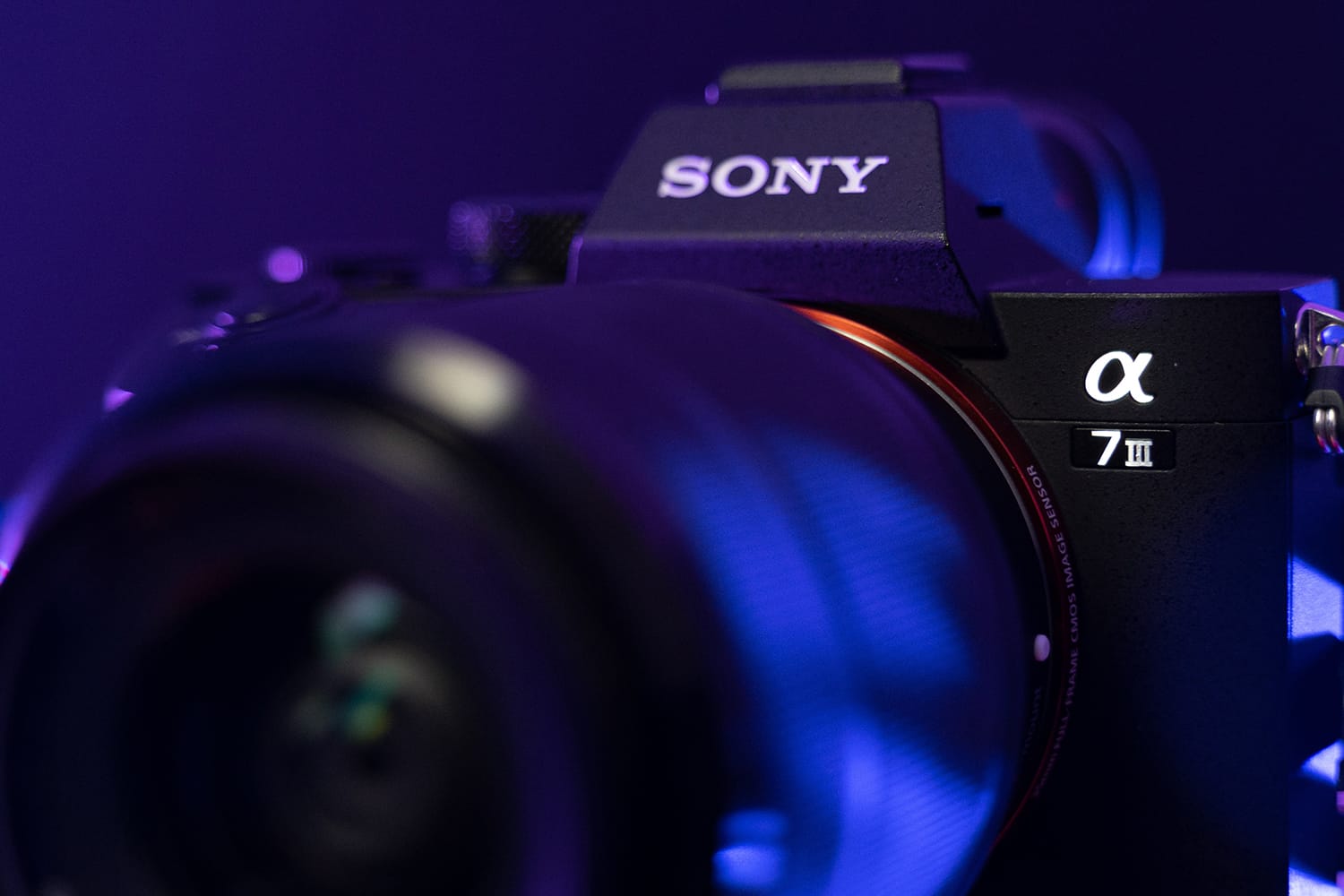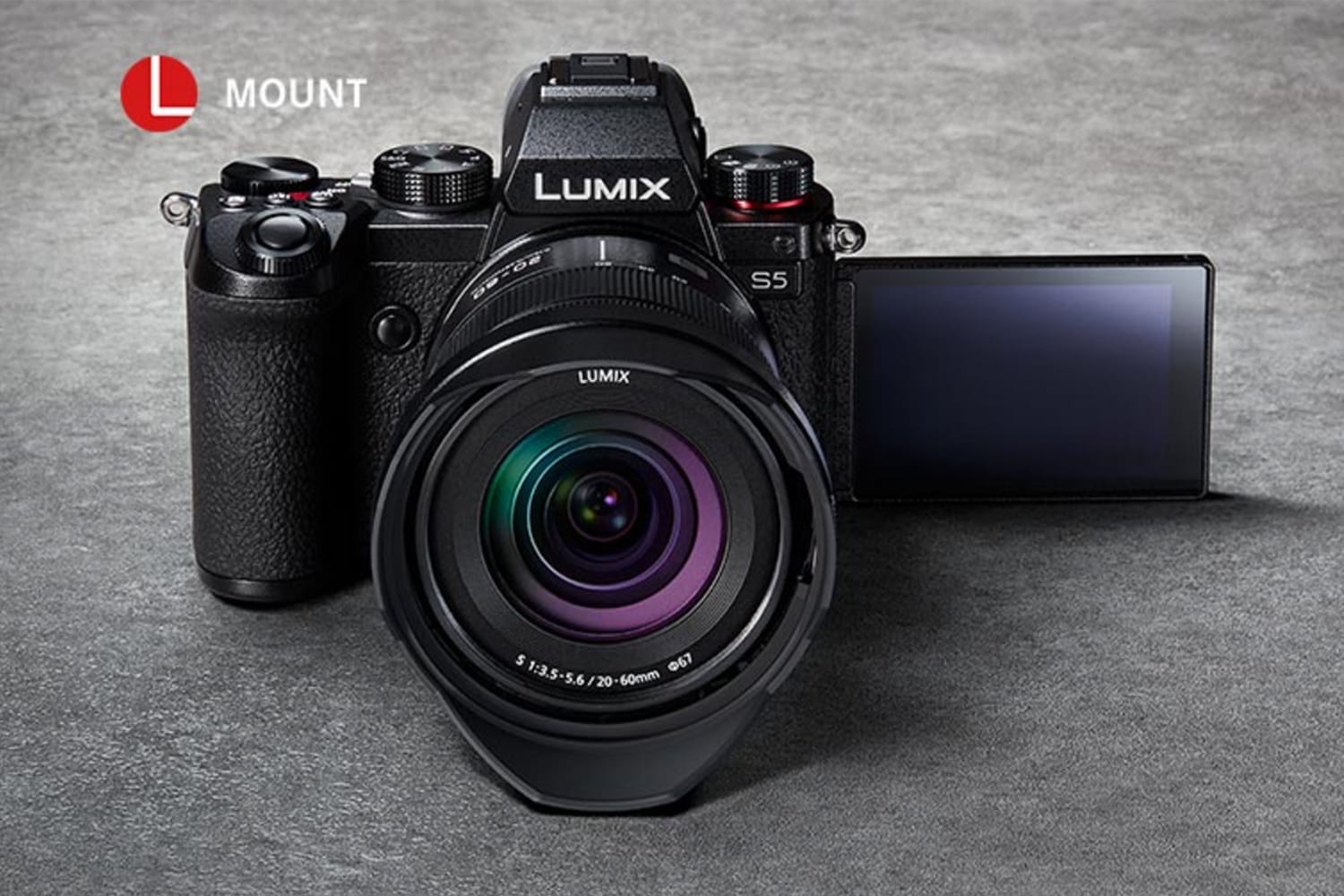Panasonic Lumix S5 vs Sony A7III: Which One Is Better?
If you love photography, you know that your camera choice can make or break your trade. The Lumix 5S and the A7III are among the most popular camera options on the market. Many consumers find it daunting to choose one between the two.
Everyone has specific features they look for in the camera and have different opinions, but you can never go wrong with one of the two. To know which of the two works best for you, it is crucial to go through the various specifications and features so you can make an informed decision.

The Panasonic S5 was introduced into the market in 2020, while the Sony A7 III was introduced in 2018. The two-year difference between the two might make a difference when it comes to market demand. People tend to like new stuff more. However, let’s look at the features of the two so you decide for yourself which one is better.
Size and Weight
Heavy and bulky cameras can be very unpleasant. This is one of the most crucial comparisons that most people make when getting a camera that suits their needs. For that matter, we need to look at how these features compare the two cameras. Let’s look at the dimensions side by side from the front, back, and top, as well as their weights.
The external dimensions for the Panasonic are 133x97x82mm, with a weight of 714 grams. On the other hand, the Sony A7 III measures 127x96x74mm external dimensions, weighing 650 grams. Looking at the two cameras’ dimensions, Sony A7 III is 1mm shorter, 8mm thinner, and 6mm narrower, making it the smaller of the two.
It is also lighter compared to the Lumix S5 counterpart. While the camera’s weight is a factor to consider, you need to keep in mind that you will be using lenses that add up to the weight of the camera.
Available Lenses
As you get your camera, you need to make sure that you can get enough lenses to interchange depending on your photoshoot requirements. The folks at Lens Guide recommend having 50mm lenses for the best experience with the Sony A7 III. Also, bear in mind that they come in a wide range of options, both from Sony and third-party manufacturers. For the Lumix S5, you can find lenses ranging from 20mm to 60mm.
Looking at the two cameras, the Sony A7 III has an advantage over the Panasonic S5. While the Sony E mount found on the Sony A7 III camera has 123 available lenses, the Leica L mount found on the Panasonic S5 has only 33 available lenses.

Image Quality
Another quite crucial factor to consider is the availability of image stabilization. The two cameras have image stabilization, meaning that all lenses can be stabilized on the camera bodies.
The difference comes in the effectiveness of compensating for the vibrations. According to CIPA standards, the S5 can compensate for vibrations of up to 6.5 stops, while the A7III can compensate for vibrations of up to 5.0 stops.
Sensor Comparison
Most cameras, including the ones on smartphones, contain inbuilt sensors that automatically direct focus to the main object. Well, the two cameras have quality image sensors, even though the Panasonic S5’s don’t have the anti-alias filter. This allows increased image sharpness and an improved level of detail in the A7 III compared to the Panasonic S5 camera.
Summary of the Reviews
While the above-detailed reviews might have given you an idea of which of the two cameras best suits your needs, here is a summary that should help clarify any other questions that you may have.
Advantages of the Panasonic S5:
- It lacks an anti-alias filter hence takes pictures with maximized details.
- It has high-quality composites due to its ability to combine many shots after pixel-shifting its sensor.
- The frame rates in the camera are suitable for better video quality.
- Has a rear screen with high resolution.
- The rear screen enables you to take shots at either portrait or landscape orientation comfortably.
- The screen can face the front, allowing you to use the camera for selfies.
Advantages of the Sony A7 III:
- Has an anti-alias, so you can take shots that do not include artificial patterns.
- Has on-sensor-face detection that makes auto-focus easier.
- It has a faster burst, which means it takes the exact moment you choose.
- It has been around for much longer; hence it has been tested and built a reputation that you can trust.
The two cameras have a good reputation, such that it can be difficult to decide which one is better. The decision can only be made by reviewing the features in each of them and deciding which among them suits you best. The above guide will hopefully assist you in making your decision.
